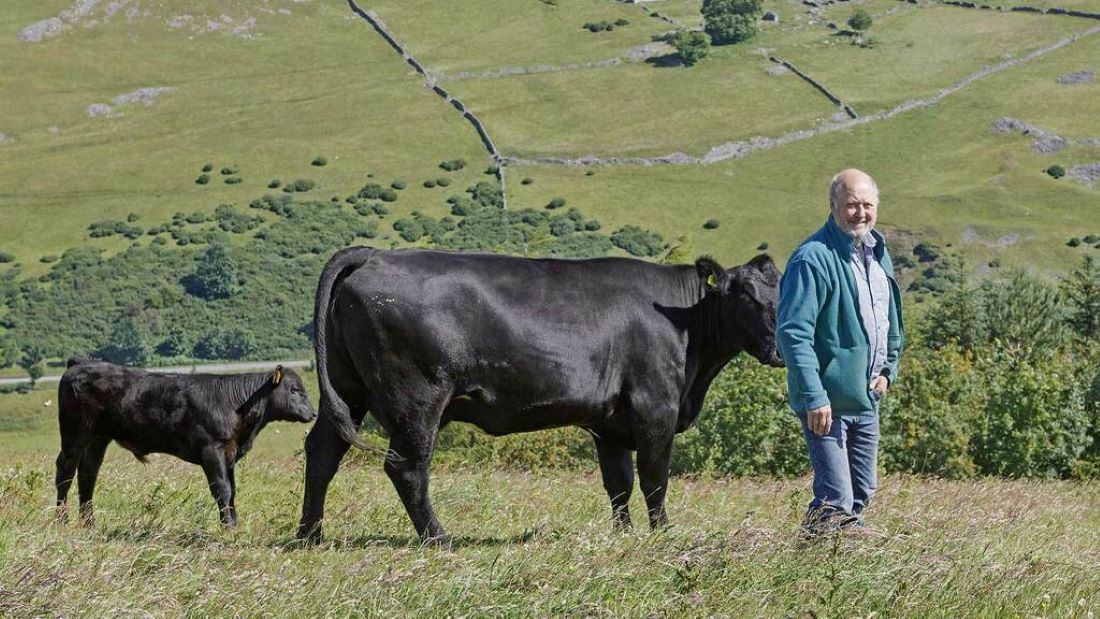Ruminant Health & Welfare (RH&W) is urging livestock farmers to investigate all unexplained abortions or stillbirths in their herds or flocks.
RH&W chair, Nigel Miller, said not enough farmers are reporting and investigating unexplained reproductive losses among their livestock.
He warned that veterinary surveillance is vitally important to identify disease threats on-farm, and to monitor and map the health status for the national herd and flock.
“Abortion investigations are a powerful tool which enable the early detection and management of new or re-emerging conditions on-farm; at national level abortion investigation data identifies risks and maps their impact,” he said.
“This valuable information provides veterinarians and livestock mangers with flock or herd risk-management priorities and helps to identify where steps can be taken.”
Miller said farmers can be deterred from investigating reproductive losses due to the distance of their farm from laboratory facilities.
Not investigating abortions
However, he said, abortion sampling kits are available and make submitting the right samples relatively easy, especially when transporting the foetus and placenta to the investigation centre is not practical.
“Both farm vets and veterinary laboratories provide guidance on the submission and sampling of aborted material with both the Animal and Plant Health Agency (APHA) and Scotland’s Rural College (SRUC) providing user-friendly kits for sampling, to make the submission of quality material easier,” he said.
“The obligation to report cow abortions is a core part of the Brucella monitoring system which underpins the free status of the national herd.
“However, as a rule of thumb, all farmers experiencing abortion levels above 2% in their herd or flock, or three or more cases, should seek a full veterinary investigation.
“This will involve the investigation of the aborted material and placenta, supported by blood testing affected animals when required.”
Diagnosis
Miller said high-quality samples are crucial and can underpin good diagnostic rates in sheep. With cattle, it is slightly more complicated, as they are subject to a “very diverse range” of abortion risks.
Because of this, Miller said, diagnostic rates in cattle can sometimes be disappointing for both abortions and stillbirths, but no firm diagnosis is not the end of the story.
The systematic abortion investigation approaches used in laboratories is about ruling out conditions as well as attempting to bolt down a firm diagnosis, he said.
When no firm diagnosis is achieved, a list of conditions which have been ruled out can often be provided and this can help farm vets provide value to clients form the investigation reports.
British Cattle Veterinary Association president and RH&W steering group member, Colin Mason, said: “Farmers should not underestimate the benefit of investigating all abortions as unexplained events and potential indicators in changes to group health status.”
RH&W urged farmers who experience abortion or stillbirth in their cattle or sheep to speak to their vet and contact APHA or SRUC about getting an investigation carried out.

